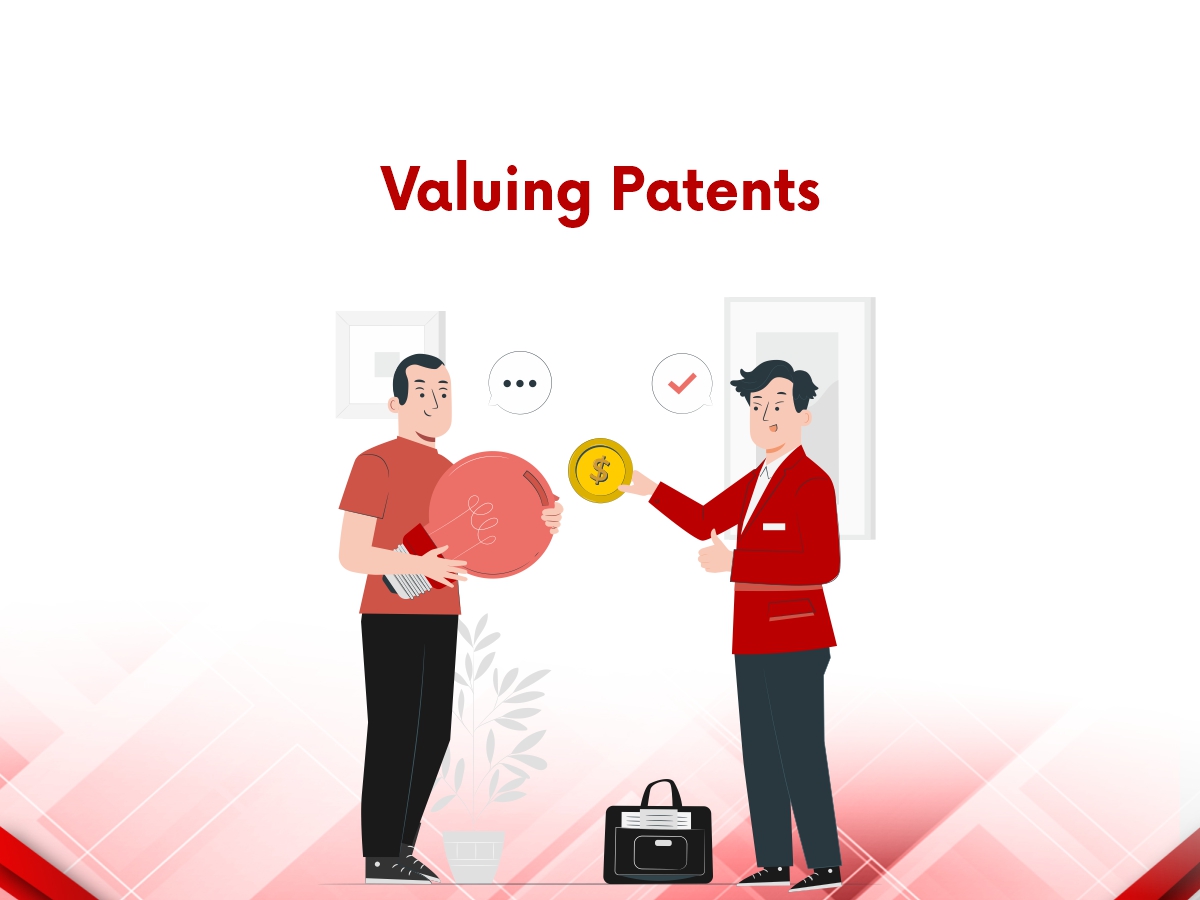
Innovation is the most crucial method for firms to stay in competition, and the only way to safeguard is to protect original ideas and prevent others from using them. Patents allow firms to protect their ideas from other users, at least for a limited time. Because patents are valuable assets to businesses, it’s necessary for investors to understand how to calculate value of them.
A patent gives an inventor special rights for a limited time period. Duration the patent’s existence, others are prohibited from creating, using, or selling. When an inventor receives a patent, they have the legal right to prohibit anyone from making or selling the innovation in the country where the patent was issued.
Patents can be utilized for a variety of purposes. It can simply be used to restrict others from infringing on the holder’s advantage. It can also be used to sell or license the patent to another company or individual, boosting the patent holder’s revenues.
Patents are divided into three categories: utility, design, and plant. While utility and plant patents are valid for 20 years, design patents are only valid for 14 years.
A patent can be valued using a different way, including cost, income, and market approach.
This method implies that the replacement cost, or the amount it would cost to replace the item, represents the patent’s value.
The patent’s value will be the present value of the cash flow or cost savings. Consider the example of a corporation that obtains a patent for a product. The company is patenting the product because it expects to increase its capital from the sale of the goods, or because it expects to save money from the invention. As a result, when using the income approach, that expected amount will be the patent’s value. This approach is further subdivided into two categories i.e. profit contribution and royalty. The profit credited to a patent is referred to as the profit contribution. If a licensing deal is signed, the royalty is the expected income stream.
You’ll need to figure out what a potential buyer would pay for a similar goods or service using this method. As a result, you can determine the value of your patent by examining similar patents.
For this approach to be used for patent value, two requirements must be in place:
When looking for comparable patents, check for similar values for the following items.

IPR in the Music Industry: Safeguarding Innovation in the Digital Music Era

Innovation in Automobile Industry: Key Tech & IP Trends to Watch

Protecting Innovation in Fashion: Key IP Strategies Every Fashion Brand Should Implement

From Lab to Table: How Cultivated Meat is Revolutionizing the Industry?
© Copyright 2024 – Wissen Research All Rights Reserved.